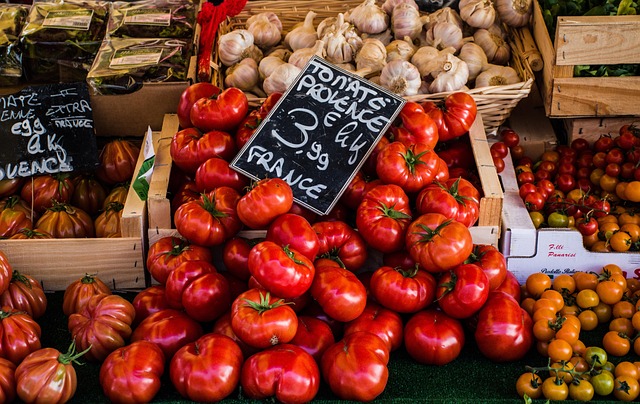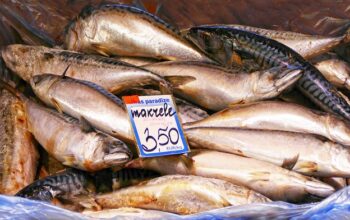Local food delivery services are revolutionizing the way we connect with our communities and support sustainable agriculture. This article explores the multifaceted impact of local food delivery on small farms, highlighting the benefits of meal preparation services for farmers and consumers alike. We delve into how these systems build resilient communities and navigate challenges in implementing farm-to-table models. Through case studies and an analysis of consumer trends, we uncover successful partnerships that showcase the future potential of local food delivery and meal preparation.
- Understanding the Impact of Local Food Delivery on Small Farms
- The Benefits of Supporting Local Farmers through Meal Preparation Services
- Building Sustainable Communities: How Local Delivery Systems Contribute
- Overcoming Challenges in Implementing Farm-to-Table Delivery Models
- Consumer Preferences and Trends Shaping the Future of Local Food Delivery
- Case Studies: Successful Partnerships between Restaurants and Local Farms
Understanding the Impact of Local Food Delivery on Small Farms

The Benefits of Supporting Local Farmers through Meal Preparation Services

Building Sustainable Communities: How Local Delivery Systems Contribute

Overcoming Challenges in Implementing Farm-to-Table Delivery Models

Implementing farm-to-table local food delivery models presents several challenges that need addressing to ensure success. One major hurdle is logistal complexity—coordinating the timely harvest, transportation, and delivery of fresh produce while maintaining its quality can be a delicate balance. Effective solutions often involve optimizing routes, utilizing cold storage, and ensuring efficient packaging to minimize spoilage.
Another challenge lies in meal preparation. Local farms may not have the infrastructure or capacity to handle large-scale food processing, especially for perishable items. Collaboration between farms, kitchen facilities, and delivery services is crucial here. Shared resources and centralized meal preparation hubs can help streamline operations, reduce waste, and offer a wider variety of local, fresh meals in the final product, enhancing the appeal to consumers interested in local food delivery.
Consumer Preferences and Trends Shaping the Future of Local Food Delivery

In today’s digital era, consumer preferences and trends are rapidly shaping the future of local food delivery services. There’s a growing demand for convenient meal preparation options that prioritize fresh, locally sourced ingredients. This shift is largely driven by health-conscious folks who seek nutritious meals while also supporting sustainable farming practices. With online ordering platforms making it easier than ever to discover nearby farms and producers, consumers are increasingly choosing local food delivery as a way to connect with their communities and reduce their carbon footprint.
Moreover, the rise of plant-based diets and specialty dietary needs has further fueled the popularity of local food delivery services. Customers now expect diverse menu options tailored to their specific preferences, including vegan, gluten-free, and organic choices. This trend presents an opportunity for businesses to differentiate themselves by offering unique meal preparation packages that cater to these demands, solidifying the role of local food delivery in shaping a healthier and more environmentally conscious future.
Case Studies: Successful Partnerships between Restaurants and Local Farms

Local food delivery and meal preparation services have a profound impact on fostering sustainable communities by directly supporting local farms. By implementing farm-to-table models, these services not only enhance food security but also promote environmental stewardship and economic vitality in rural areas. Overcoming challenges through innovative partnerships, as highlighted in successful case studies, shows that consumer preferences for locally sourced, fresh produce are driving a positive change. As we look to the future, understanding consumer trends and integrating them with robust local delivery systems will ensure that small farms thrive, communities flourish, and our food systems become more resilient.



